| Sub organizations | IDEAS LIST | Student guides |
NumFOCUS will be applying again as an umbrella mentoring organization for Google Summer of Code 2021. NumFOCUS supports and promotes world-class, innovative, open source scientific software.
NumFOCUS is committed to promoting and sustaining a professional and ethical community. Our Code of Conduct is our effort to uphold these values and it provides a guideline and some of the tools and resources necessary to achieve this.
Google Summer of Code is an annual open source internship program sponsored by Google. This repository contains information specific to NumFOCUS' participation in GSoC. For general information about the competition, including this year's application timeline and key phases involved, please see the GSoC website
This Git repository stores information about NumFOCUS' application for Google Summer of Code in the current and previous years.
Table of Contents
- Students
- Sub Organizations
- Organizations Confirmed Under NumFOCUS Umbrella
- NumFOCUS Projects
- About GSoC
NumFOCUS is participating as a umbrella organization. This means that you will need to identify a specific project to apply to under the NumFOCUS umbrella. (Projects are listed below.)
Read this document to learn how to apply for the GSoC program with NumFOCUS. Please also check out our ideas list.
For any questions, please open an issue in our issue tracker or send a email to gsoc@numfocus.org, our mailing list address. Please also consider subscribing to the mailing list at https://groups.google.com/a/numfocus.org/forum/#!forum/gsoc.
If you want to participate as a sub organization of NumFOCUS please read this guide.
In alphabetic order.
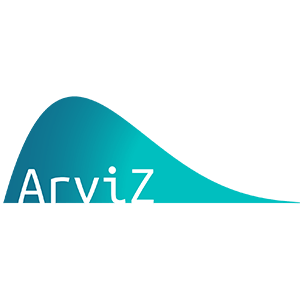
|
ArviZ, is a project dedicated to promote and build tools for exploratory analysis of Bayesian models. It currently has a Python and a Julia interface. ArviZ aims to integrate seamlessly with established probabilistic programming languages like PyStan, PyMC (3 and 4), Turing, Soss, emcee or Pyro. Where the aim of the probabilistic programming languages is to make it easy to build and solve Bayesian models, the aim of the ArviZ libraries is to make it easy to process and analyze the results from those Bayesian models. |
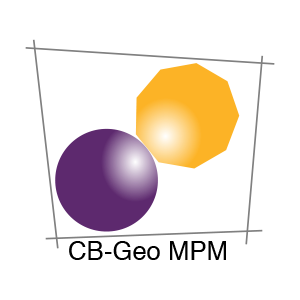
|
CB-Geo MPM is an HPC-enabled Material Point Method solver for large-deformation modeling. It supports isoparametric elements to model complex geometries and creates photo-realistic rendering. |

|
CuPy is a NumPy/SciPy-compatible array library for GPU-accelerated computing with Python. CuPy acts as a drop-in replacement to run existing NumPy/SciPy code on NVIDIA CUDA or AMD ROCm platforms. Website | Ideas List | Chat on Gitter | Contact | Source Code |

|
CVXPY is an open source Python-embedded modeling language for convex optimization problems. It lets you express your problem in a natural way that follows the math, rather than in the restrictive standard form required by solvers. Website | Ideas List | Contact | Source Code |

|
The aim of the Econ-ARK project is to make it easier for social scientists to do ‘structural modeling’ of economic choice behavior by providing a well-documented, open source codebase containing the core techniques in a way that can be relatively easily adapted to address many different questions in both macro- and microeconomics. ‘Structural’ modeling of economic choices aims to identify the logic or reasons behind observed behavior, rather than just describing that behavior statistically. |

|
FEniCS is an automated finite element library used to solve equations used in modeling, featuring a domain-specific language and automated code generation. Users input a problem that looks very much like mathematical notation; FEniCS then translates that into computer code. It solves problems for which there is no analytical (exact) solution numerically. |

|
Gridap is a new generation, open-source, finite element (FE) library implemented in the Julia programming language. Gridap aims at adopting a more modern programming style than existing FE applications written in C/C++ or Fortran. |
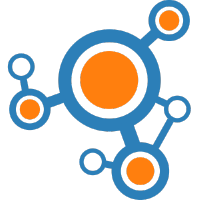
|
NetworkX is a Python package for the creation, manipulation, and study of the structure, dynamics, and functions of complex networks. Website | Ideas Page | Contact (GitHub Discussions) | Source Code |

|
Optuna is an open source hyperparameter optimization framework to automate hyperparameter search. Optuna provides eager search spaces for automated search for optimal hyperparameters using Python conditionals, loops, and syntax, state-of-the-art algorithms to efficiently search large spaces and prune unpromising trials for faster results, and easy parallelization for hyperparameter searches over multiple threads or processes without modifying code. Website | Developers chat on Gitter | Ideas Page | Source Code |

|
PyBaMM (Python Battery Mathematical Modelling) solves physics-based electrochemical DAE models by using state-of-the-art automatic differentiation and numerical solvers. Website | Contact | Ideas Page | Source Code |

|
PyMC3 is a python module for Bayesian statistical modeling and model fitting which focuses on advanced Markov chain Monte Carlo and variational fitting algorithms. Its flexibility and extensibility make it applicable to a large suite of problems. |
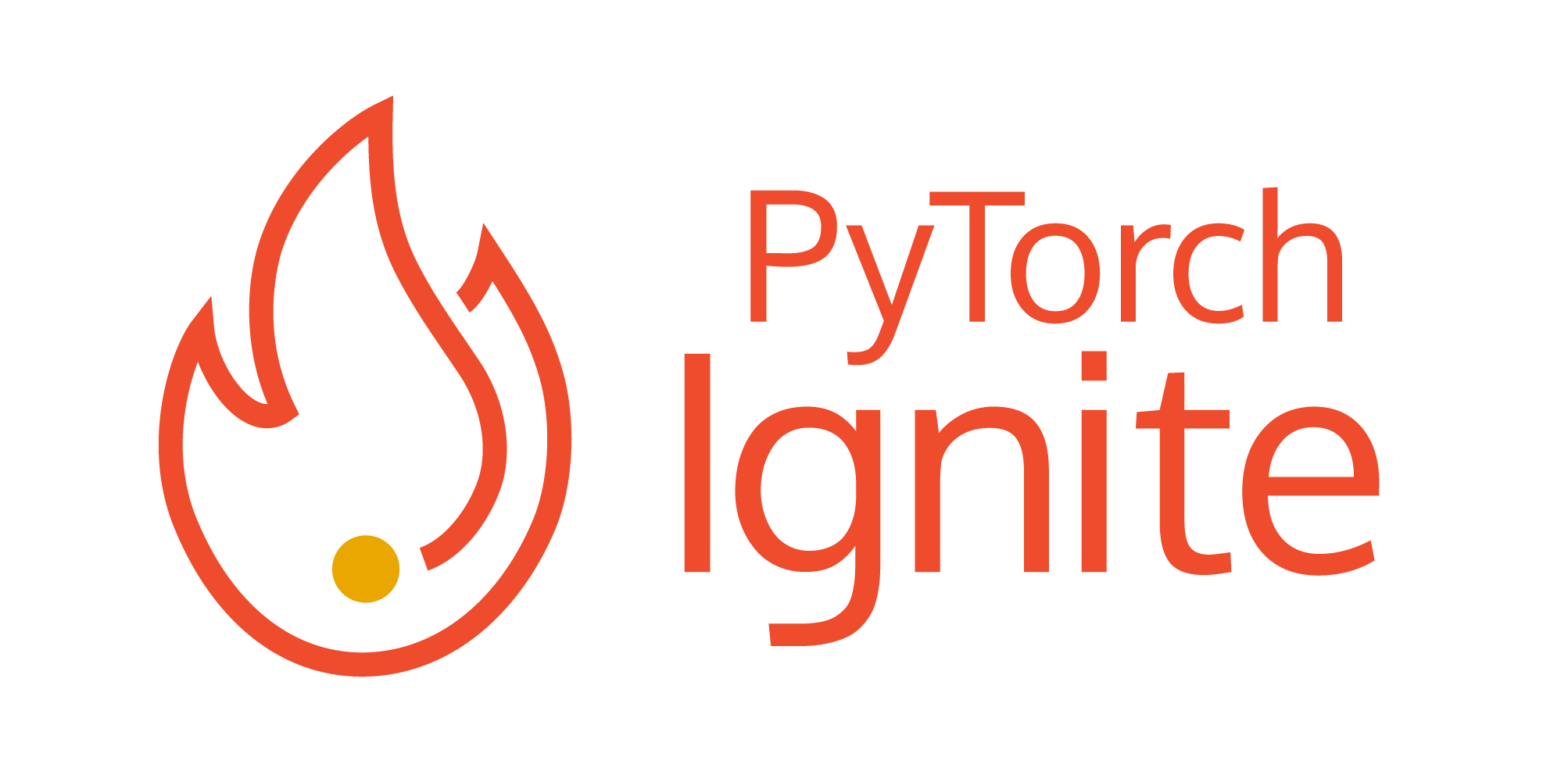
|
PyTorch-Ignite is a high-level library to help with training neural networks in PyTorch Website | Discord | GitHub Discussions | Ideas Page | Source Code |
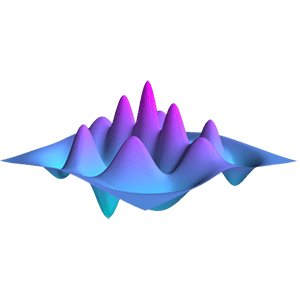
|
QuTiP is a software for simulating quantum systems. QuTiP aims to provide tools for user-friendly and efficient numerical simulations of open quantum systems. It can be used to simulate a wide range of physical phenomenon in areas such as quantum optics, trapped ions, superconducting circuits and quantum nanomechanical resonators. In addition, it contains a number of other modules to simplify the numerical simulation and study of many topics in quantum physics such as quantum optimal control, quantum information, and computing. Website | Contact | Ideas Page | Source Code |

|
SciML is an open source software organization created to unify the packages for scientific machine learning. This includes the development of modular scientific simulation support software, such as differential equation solvers, along with the methodologies for inverse problems and automated model discovery. By providing a diverse set of tools with a common interface, we provide a modular, easily-extendable, and highly performant ecosystem for handling a wide variety of scientific simulations. |

|
The signac framework is a complete solution for managing workflows operating on file-based data designed to scale to HPC systems. Website | Gitter | Ideas Page | Source Code |

|
Parallel and heterogeneous programming with high performance and simultaneous high productivity Website | Contact | Ideas Page | Source Code |

|
Zarr is a format for the storage of chunked, compressed, N-dimensional arrays. These documents describe the Zarr format and its Python implementation. Website | Gitter | Ideas Page | Source Code |